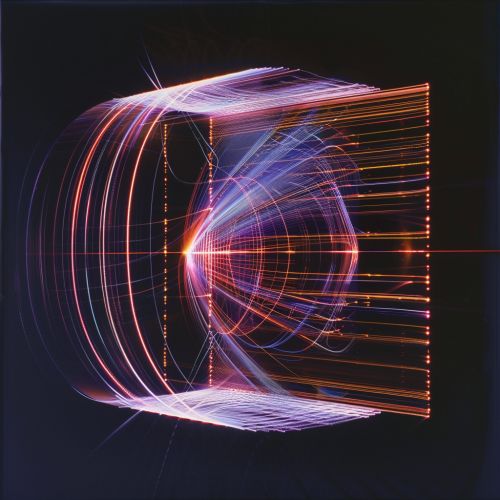Gauss's law
Introduction
Gauss's law, also known as Gauss's flux theorem, is a law of physics that describes the distribution of electric charge to the resulting electric field. The law was formulated by Carl Friedrich Gauss in 1835, but was not published until 1867. It is one of the four Maxwell's equations which form the foundation of classical electrodynamics, classical optics, and electric circuits. These fields are integral parts of the study of physics and engineering.
Mathematical Formulation
The mathematical formulation of Gauss's law is given by the divergence theorem. It states that the outflow of a vector field through a closed surface is equal to the volume integral of the divergence over the region inside the surface. In mathematical terms, it is expressed as:
∮ E • dA = Q / ε0
Here, E is the electric field, dA is a differential area on the closed surface, Q is the total charge enclosed within the surface, and ε0 is the permittivity of free space.
Physical Interpretation
The physical interpretation of Gauss's law can be understood in terms of the lines of force for an electric field. The law implies that the total number of electric field lines passing through a closed surface is proportional to the charge enclosed by the surface. This is an important concept in the study of electric fields and has wide applications in physics and engineering.
Applications
Gauss's law is used in many areas of physics and engineering. Some of the key applications include:
1. Determining the electric field resulting from a charge distribution. With the knowledge of the charge distribution, Gauss's law can be used to find the electric field in all space.
2. In electrostatics, Gauss's law is used to calculate the electric field generated by a charged particle.
3. Gauss's law is used in the study of dielectric materials. These are materials that do not conduct electricity but can support an electrostatic field. The behavior of these materials in an electric field can be analyzed using Gauss's law.
4. In the field of optics, Gauss's law is used to derive the laws of reflection and refraction.
5. Gauss's law is also used in the study of gravitational fields. The law is analogous to Newton's law of universal gravitation.


Limitations
While Gauss's law is a powerful tool in the study of electric fields, it has its limitations. The law is only applicable to symmetric charge distributions. In cases where the charge distribution is not symmetric, Gauss's law cannot be used to calculate the electric field. Furthermore, Gauss's law is a macroscopic law, meaning it is averaged over a large number of particles. It does not provide information about the behavior of individual particles.
